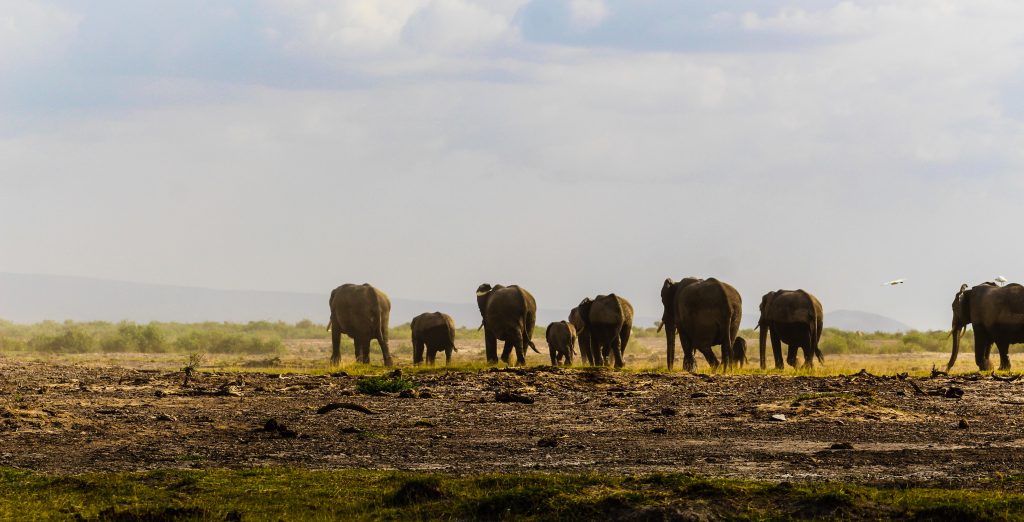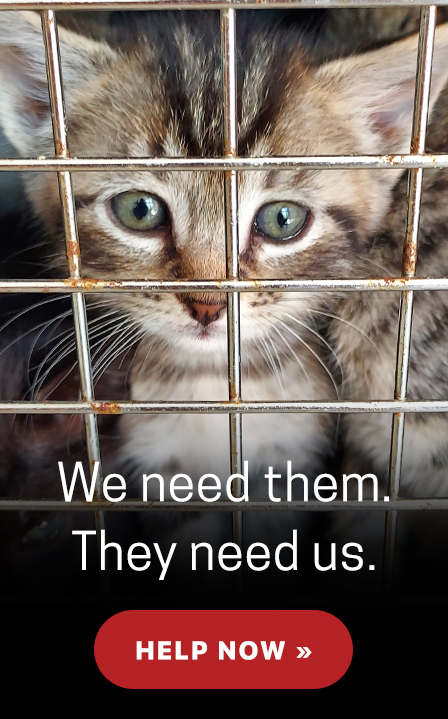Our world is a crowded place – we share the planet with more than eight million beautifully unique and fascinating species. But that number is dropping rapidly. Animal species are disappearing at 1,000 times the natural rate of extinction.And according to a U.N. report released this year, roughly one million species face annihilation in the coming decades.
Put bluntly, the world is facing a cataclysmic sixth mass extinction that will devastate ecosystems, irreparably damage the planet that we call home, and harm or kill millions of living animals. Unlike mass extinctions in the past, the responsibility for this massive loss of life rests squarely on humanity’s shoulders. An overwhelming 99 percent of threatened species are at risk of extinction due to human activity.
It is up to us to preserve these species before they are lost forever. Many of Earth’s most magnificent animals, such as lions, gorillas, and rhinoceroses, are facing varied and deadly threats. These species aren’t just iconic – they capture our collective imagination and spur a love of the wilderness and wild things – they are essential to their ecosystems.
According to a group of more than 40 researchers from around the world, many megafauna “function as keystone species and ecological engineers, generating strong cascading effects in the ecosystems in which they occur.” Megafauna is a scientific term for the largest animals that roam the Earth. This includes elephants and giraffes and so many other large animals that are vitally important to their ecosystems.
Recognizing the threats facing these creatures on a global scale, American Humane recently sent an expedition to various countries in Africa, including South Africa and Rwanda. By putting boots on the ground, we hoped to gain a clearer picture of the threats facing terrestrial megafauna. Friends, it brings me no pleasure to tell you this, but the reality is bleak.
While in Africa, I came face to face with megafauna that future generations may never see. These large and magnificent animals need our help. In the coming days, I will be sharing stories, pictures, videos, and information from our time in Africa. I hope these stories bring recognition to the animals whose existence is in jeopardy and provide a path forward to conserving our world’s biodiversity.
Your partner in helping our animal friends,
![]()
Robin R. Ganzert, Ph.D.
President and CEO, American Humane


 Robin R. Ganzert, Ph.D.
Robin R. Ganzert, Ph.D. 